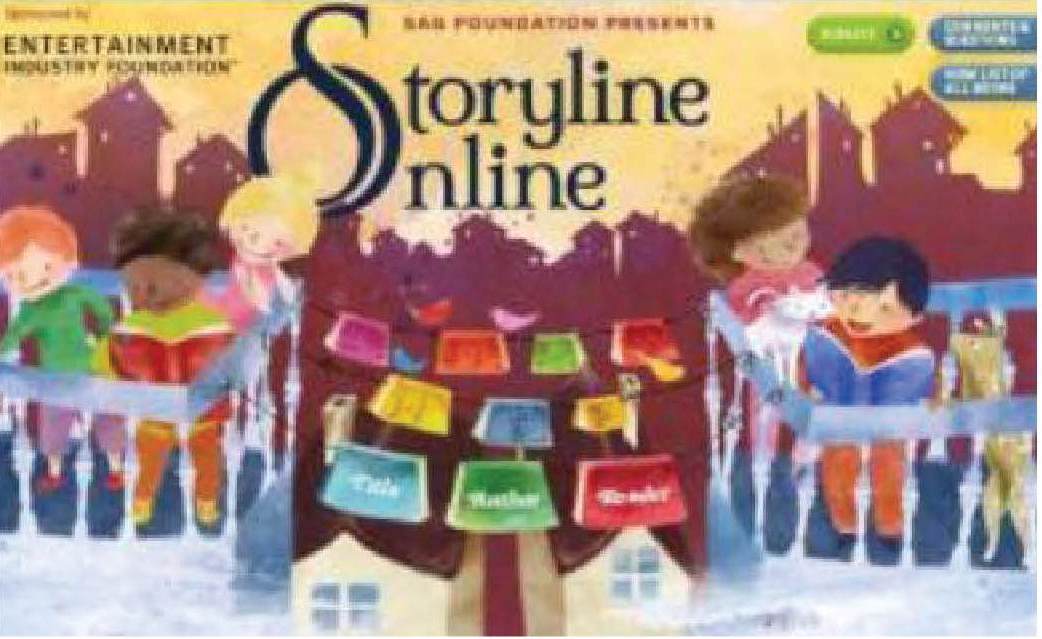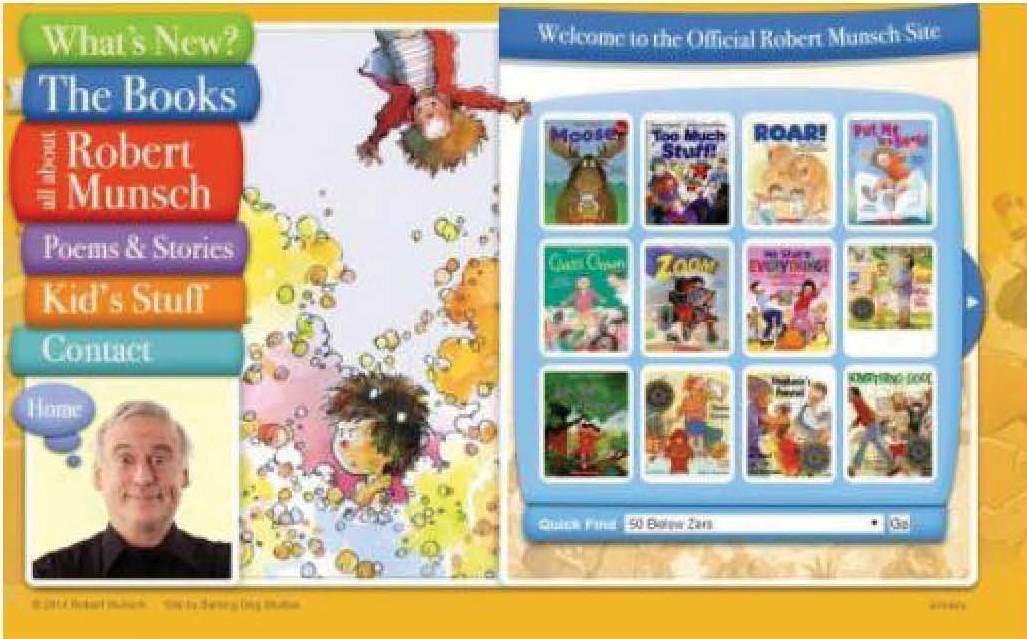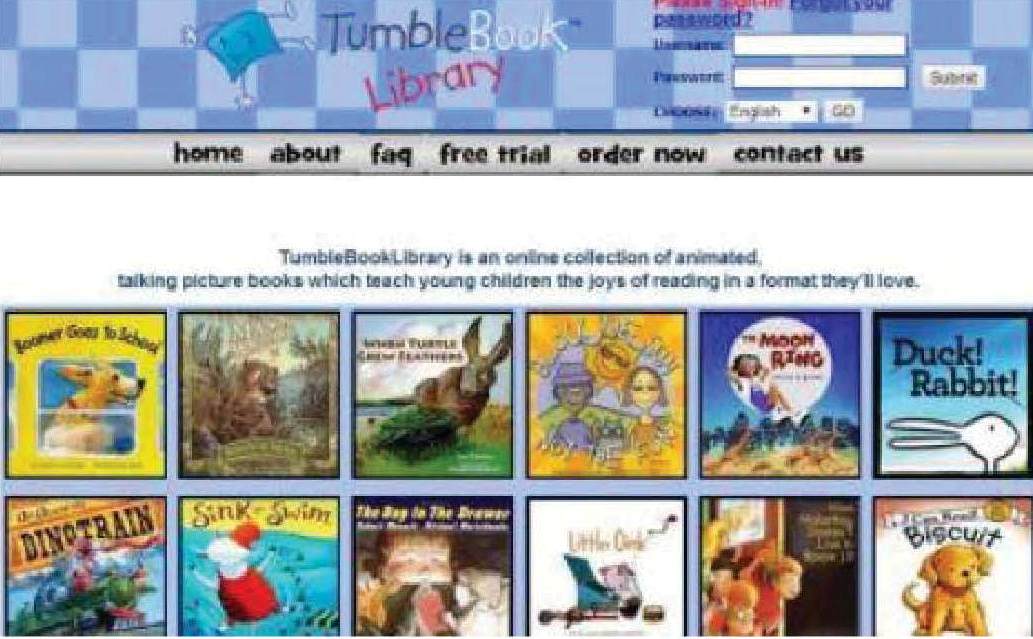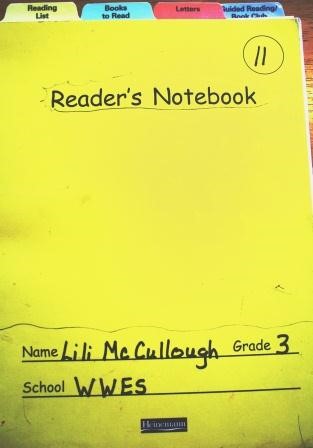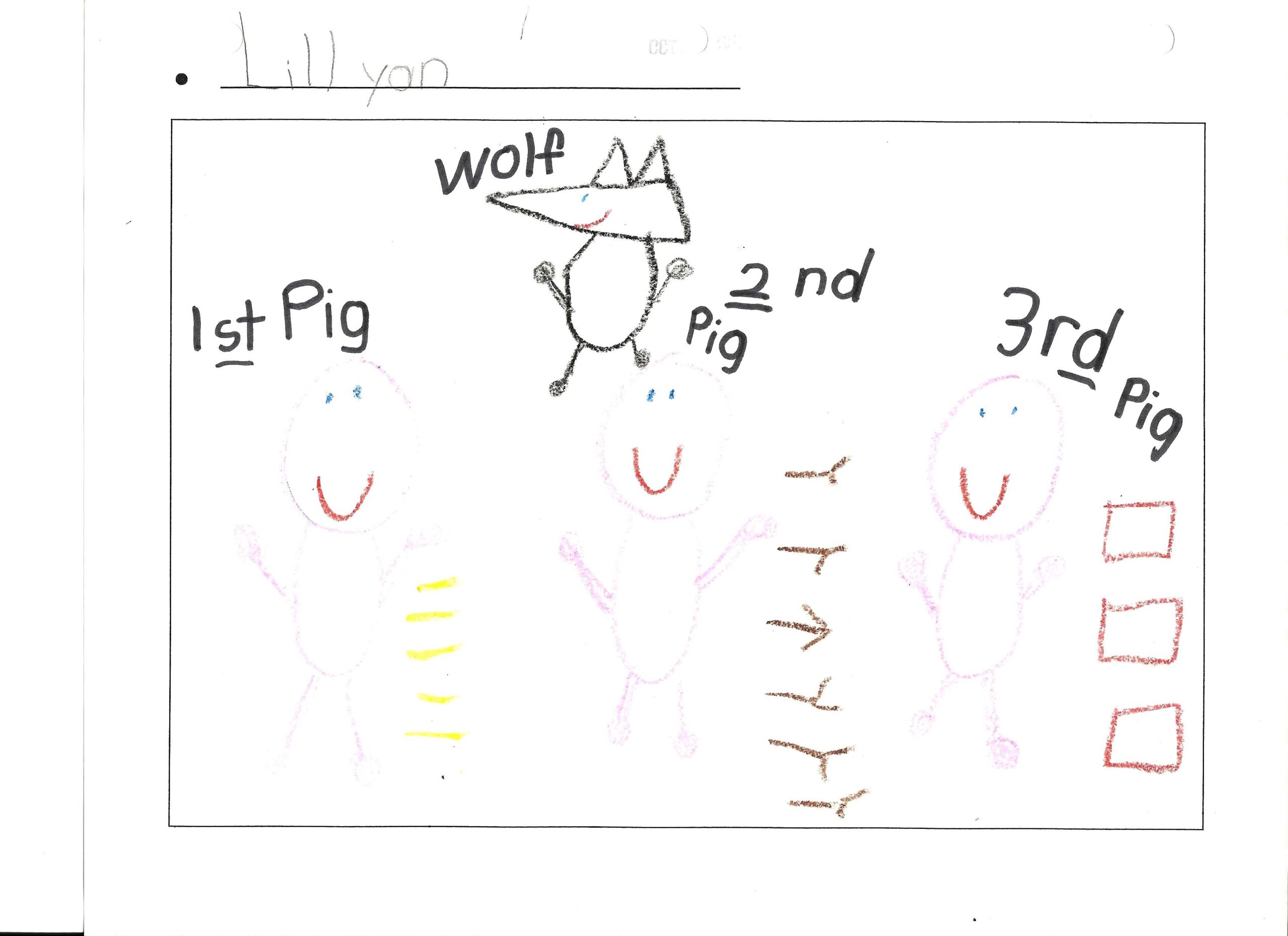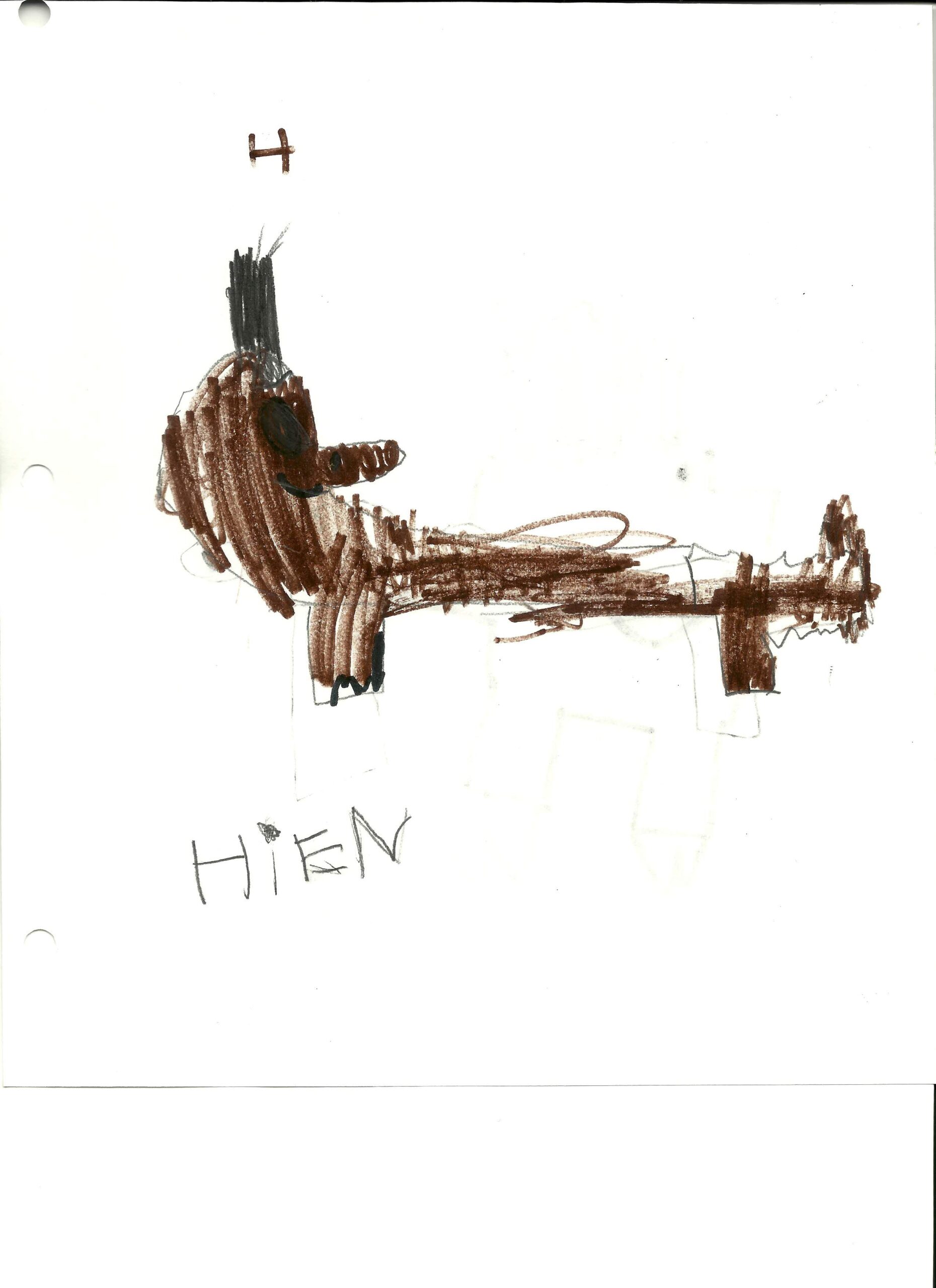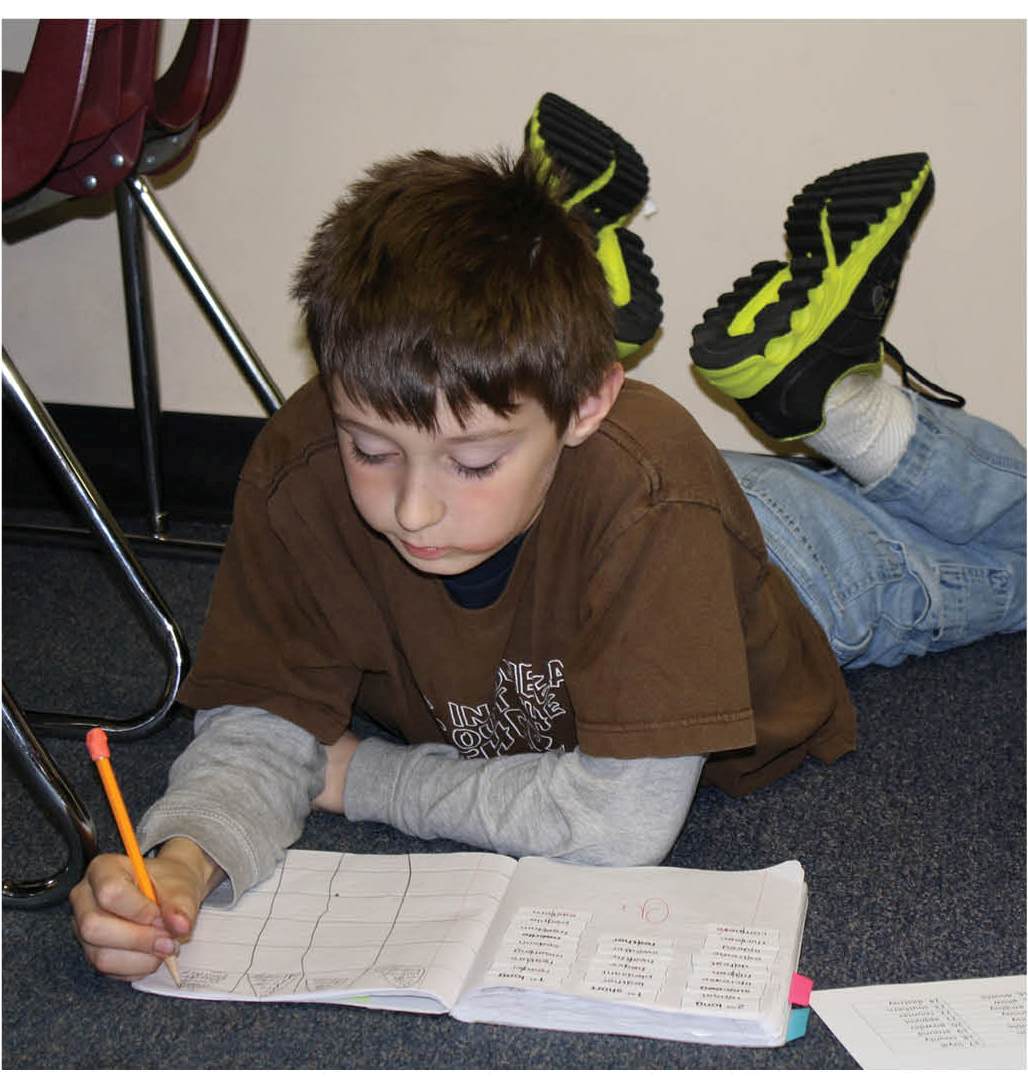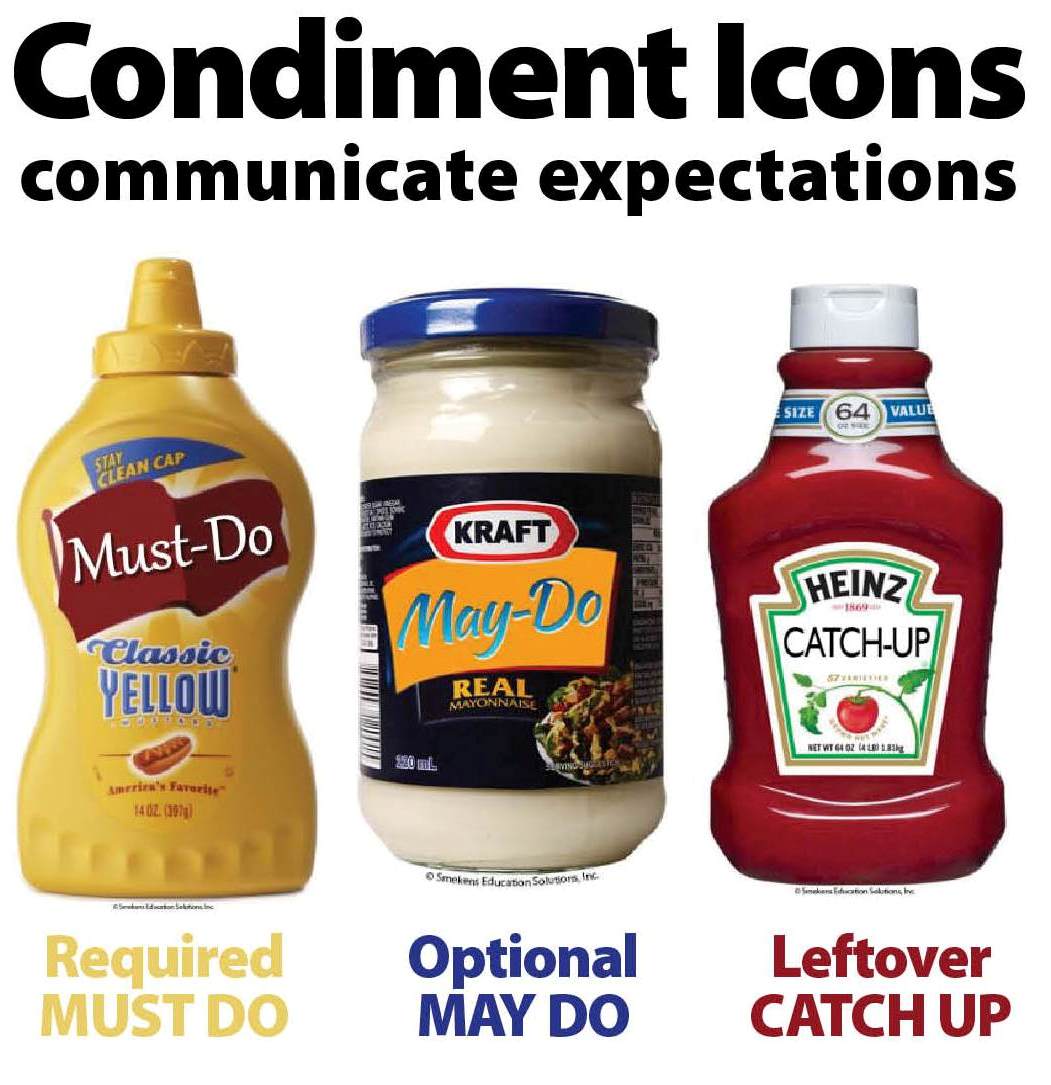An Introduction to Literacy Stations
SECRET SITE
Quick Links
Station #4: LISTENING STATION
Utilize websites for free audio
Storyline Online is a FREE resource provided by the Screen Actors Guild that showcases celebrities reading favorite children’s picture books.
Kids young and old love to listen to beloved author Robert Munsch read aloud each of his picture books in his unique humorous way.
Many schools and Indiana county libraries have a subscription to TumbleBooks. Check your local resources to see if you can access a free subscription.
Epic! has been compared to “Netflix” for books. It is FREE for educators.
Target visualization
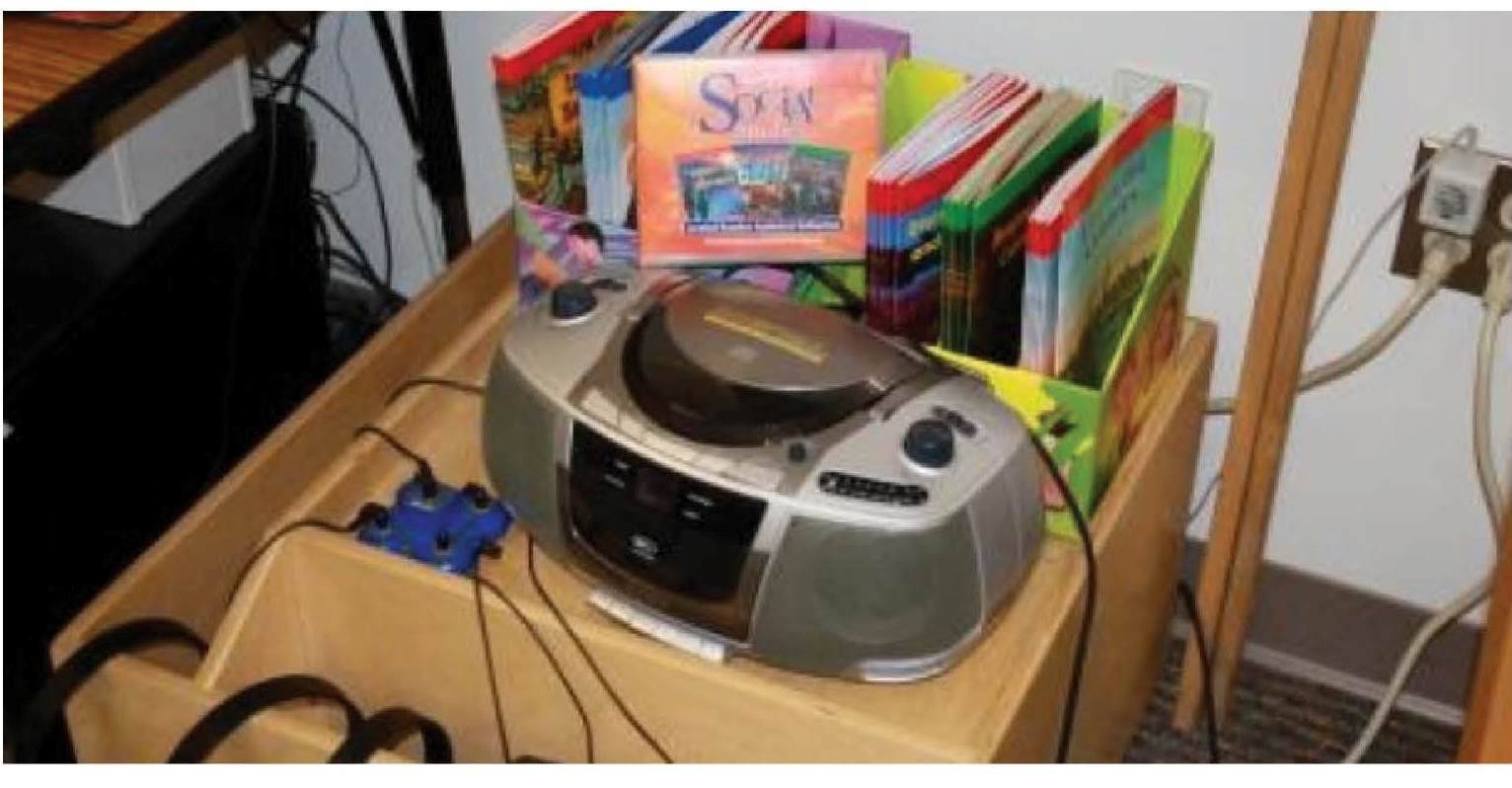
Even older students can benefit from a Listening Station. Incorporate chapter books or informational text for students to listen to alone or in a small group. Increase comprehension by having students visualize the text and draw their mental pictures.
Station #5: WRITING ABOUT READING
Introduce Reading Response journals
Students can use a Reading Response Journal in grades 2 and up during the reading block. Teachers can choose from a two-pocket folder with brads, response sheets stapled together, or a spiral notebook style as pictured here. Just consider what type of work will be documented in the Reading Response Journal and pick a format that fits your needs.
When considering what students write in response to their reading, honor the stage of the writer. Writers go through the stages of drawing, labeling, and listing before they become sentence writers.
Utilize universal templates
Put it ALL TOGETHER
Transition efficiently
Teachers use the Time Warp video to prompt students to clean up and move efficiently between stations before the video is over.
Manage time
Students need a plan to manage their time during independent literacy stations.

Communicate expectations with a Tic-Tac-Toe sheet.
PDF | Word template
This method works best with intermediate students because they can work for longer periods of time. It also cuts down on noise level because there are no whole-class transitions.
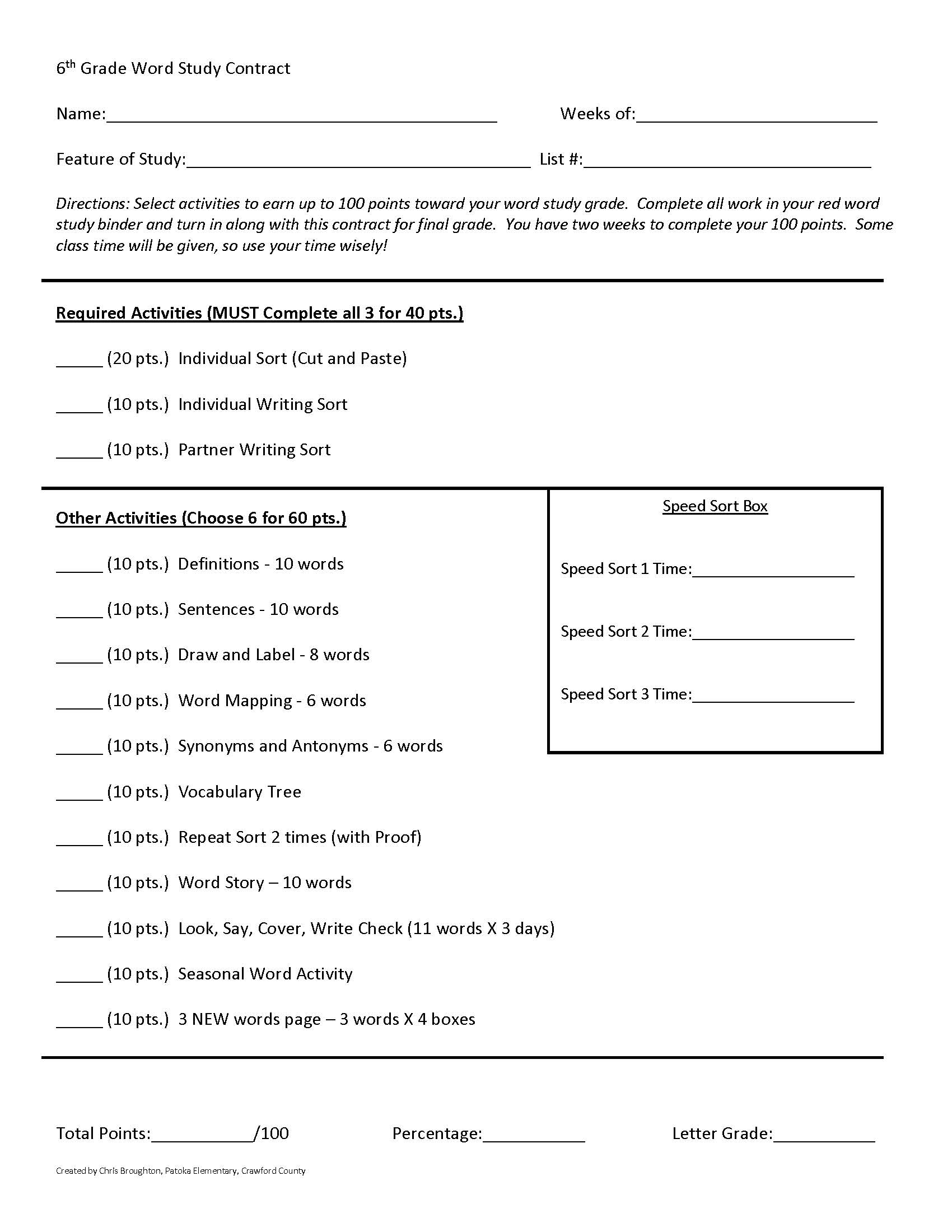
6th grade teacher Chris Broughton from Crawford County, IN utilizes a Word-Study Contract for independent work.

Kristi’s version of a Word-Study Contract can be revised to include activities you have taught the class.

Kara Tannehill uses a Publisher document as a contract.
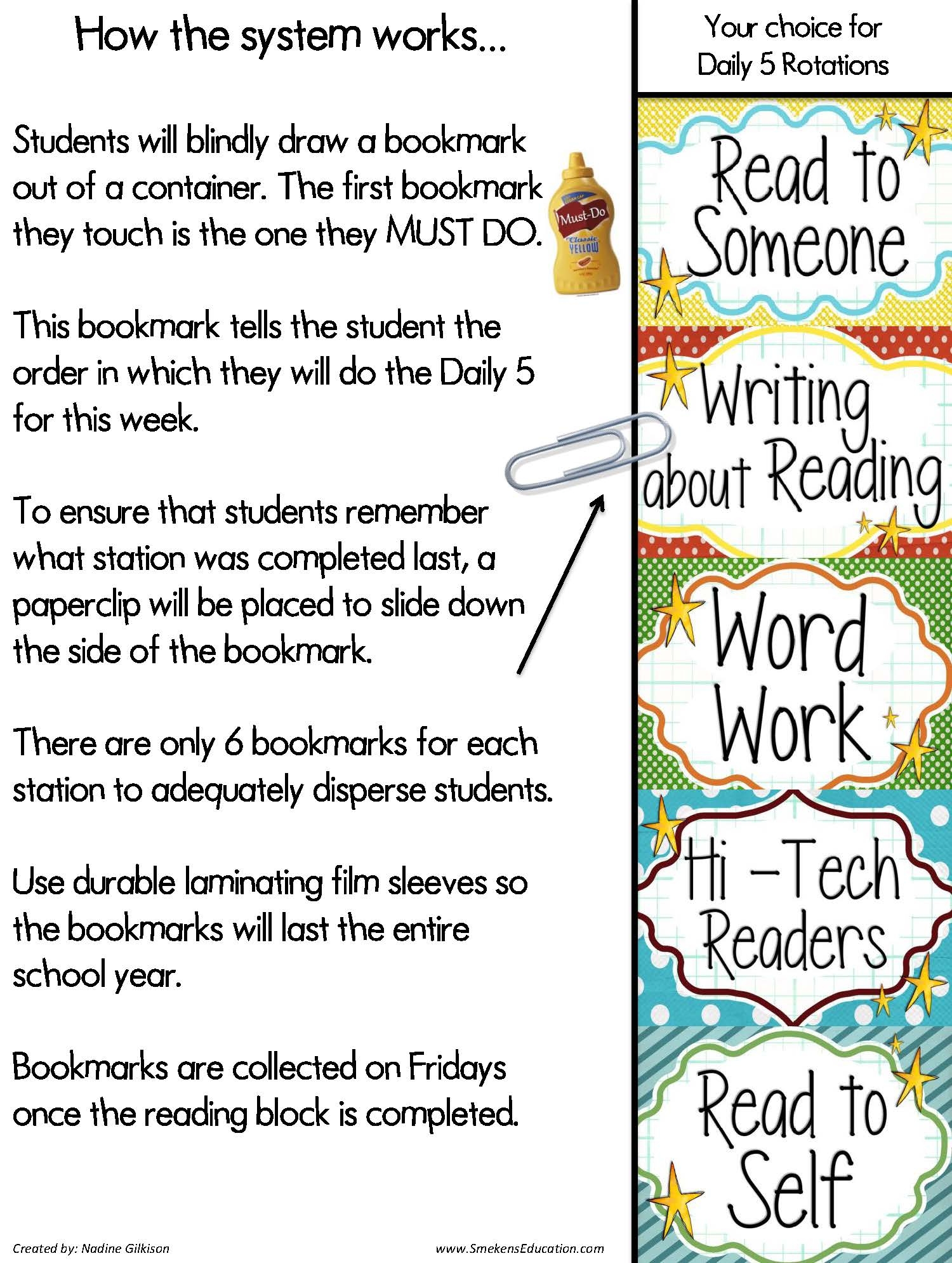
Nadine Gilkison uses a Bookmark System. Students randomly draw out and follow the order of rotations for the week. Edit the bookmarks and create coordinating station signs.
Communicate to students
Teachers use work boards to assign stations and order.
Anticipate & troubleshoot situations
Management Board
Beth Schauss tells how she uses a pocket chart to organize her Management Board for Literacy Stations so that students are doing a variety of activities without much repeating.
Noise Level
Emily Johnson tells how she managed the noise level at the beginning of the year with her intermediate students.
Setting Expectations
Emily Johnson shares how she set procedures with her students at the beginning of the year.

